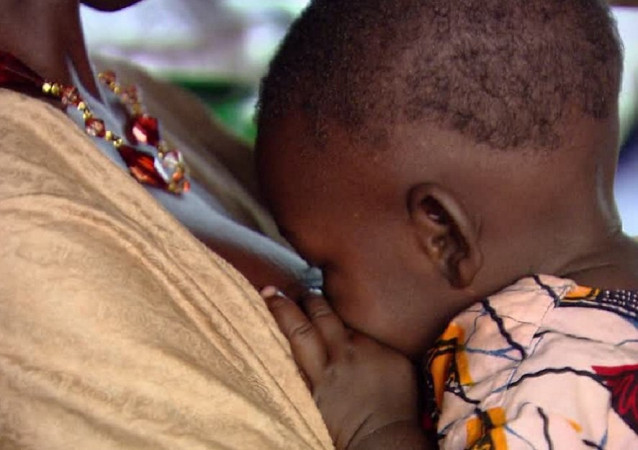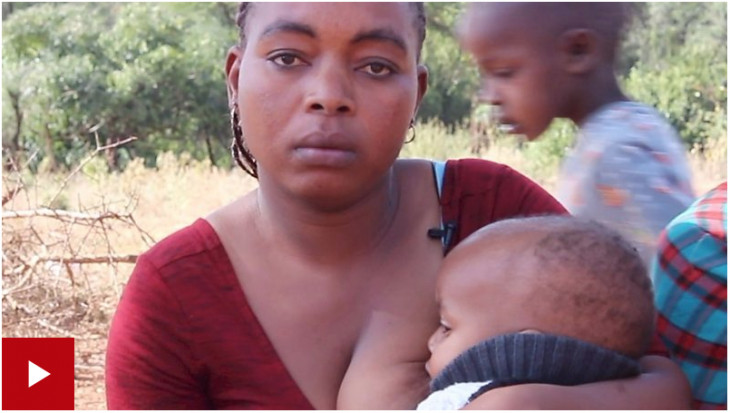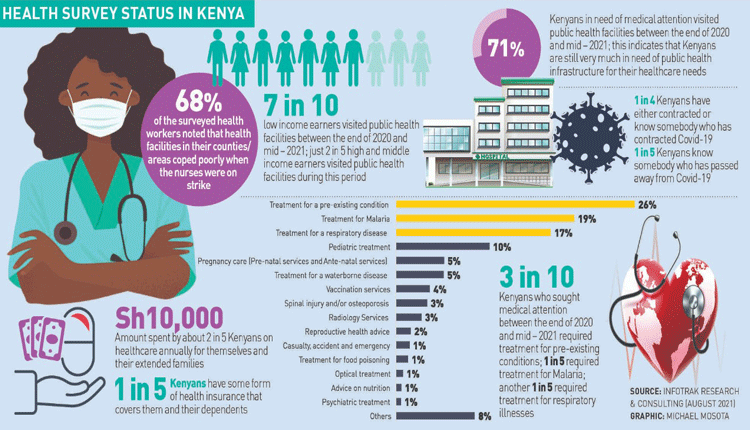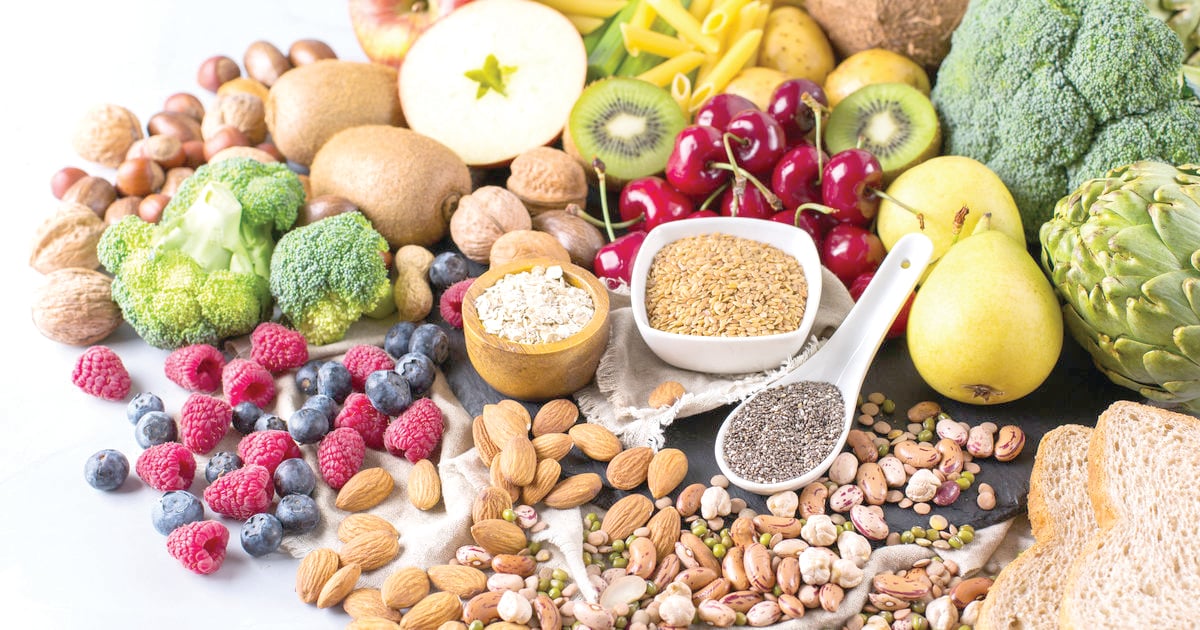Mothers adopt better feeding habits to fight malnutrition boost child health
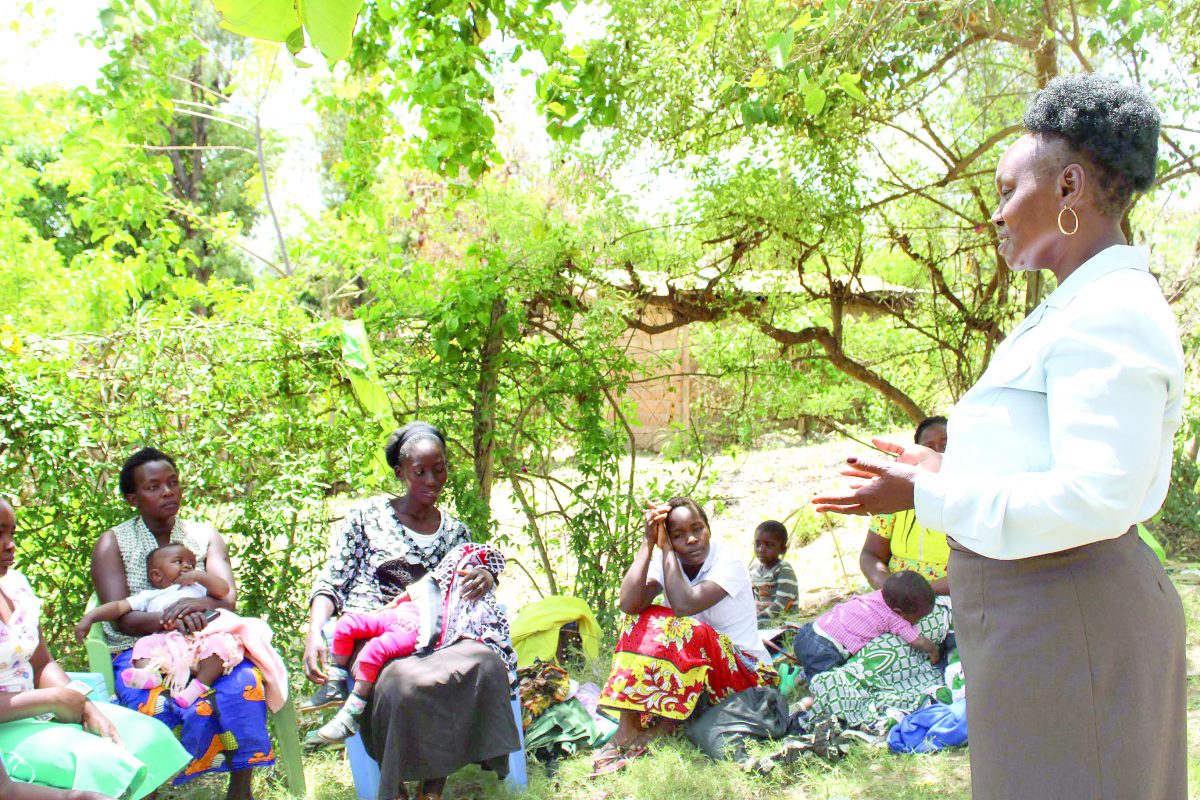
When Marcella Kerubo introduced porridge to her four months old infant, she was not aware of the consequences of her actions. After all, her son was not the first child to be weaned before six months as required by World Health Organisation (WHO).
Kerubo reveals, two months after delivery, she secured a job, which she really needed and, therefore had to stop breastfeeding the baby exclusively. “I had stayed without employment for a while, so when I got the job, I decided to introduce porridge into my son’s feeding programme. I did not give much thought about it since other mothers around me discontinued breastfeeding even earlier,” says Kerubo, a resident of Mumburi village in Embu County.
Kerubo’s unwitting misjudgment would later impact the health of her child. She says the baby would frequently fall sick, but it never crossed her mind that it was due to the solid foods she had introduced to her child.
According to the mother of two, her first born child had frequent diarrhoea and would constipate almost everyday. “By the time I learnt the source of the sickness, it was a bit late because the effects were already visible,” she says.
Kerubo admits that the fundamentals of Exclusively Breastfeeding (EBF) were not clear to her before she gave birth and post childbirth.
“A lot of people including healthcare workers would talk about the need to exclusively breastfeed the child for the first six months of their lives, but they never explained how failing to do so would impact the child. That contributed to my being reluctant on exclusive breastfeeding,” says Kerubo.
Change of practices
In a shift of practice, the mother of two has nursed her second child aged four months, without supplementing with solid foods.
This happened after she went through a training pilot programme named Universal Child Benefit (UCB) that sensitised households on nutrition, positive parenting, and mainstreaming of children with disability.
The programme, which ended in December 2022 after a successful year of being piloted in Kajiado, Embu, and Kisumu was sponsored by Save The Children, UNICEF, World Food Programme (WFP), and the government.
It was rolled out in 2021 against the backdrop of a raging drought and the lingering effects of Covid19, to support 8,000 children below the age of three years with monthly cash assistance of Sh800 and child nutrition education. Kerubo’s case is a snapshot of dozens of rural women confounded by unique challenges that hinder them from providing their children with appropriate nutrition requirements.
Key among them include; lack of sufficient information on the benefits of breastfeeding, inadequate resources, and drought among others. Malnutrition is a major challenge to children under five years who face the risks of stunting.
Malnutrition trends
While providing an overview assessment of child nutritional trends in the expansive Mbeere North region in Embu, which was part of the Unicef programme, Mary Kiringa, a nutritionist attached to the county hospital says, initially, children below six months presented signs of malnutrition, an unprecedented situation.This is contrary to the nutritional expectations where children below six months are exclusively breastfed, therefore are not expected to be malnourished because the mother’s milk provides all required nutrients for a child’s healthy development.
She attributes this trend to the fact that most women in that area give birth at home thus missing out on breastfeeding education given at hospitals. Also, the drought that swept through most parts of the country strained the ability of parents to provide nutritious meals for both themselves and their children, a situation that undermined the overall health outcomes of the population.
“Lack of adequate and accurate information on appropriate feeding practices is a major contributor to the child malnutrition,” she says.
Gladys Mugambi, Head of the Directorate of Health Promotion and Education, Ministry of Health says there have been concerted efforts by the government to curb malnutrition which presents in two forms; obesity, which is abnormal or excessive fat accumulation and undernutrition; which manifests as wasting, where a child is losing body mass due to lack of adequate food reveals. Stunted growth, micronutrient deficiency, and wasting are categorised under undernutrition.
Stunted growth
“In our assessment we found that stunted growth is most prevalent for children below three years in the urban and rural settings, followed by insufficient uptake of micronutrients, and wasting,” says Mugambi.
Further, stunted growth may start from conception impacting the brain and statue development of a child, the reason why it is important for appropriate feeding for an expectant mother. It can also occur when the mother fails to give the child nutrient-rich food once they start weaning.
Diseases caused by poor hygiene and malaria may additionally cause the child to feed inadequately resulting in stunted growth.
At the same time when a mother fails to take critical micronutrients such as iron, folate, and Vitamin A, which are essential for the growth and development of the baby, the child will be at risk of developing disabilities or life-threatening diseases.
“As long as the mother is producing breast milk these nutrients will be present for the child, but if the mother fails to take these micronutrients from a health facility during pregnancy and after in order to replenish what is being transferred to the child, they are likely to suffer healthwise,” she advises.
To promote adherence to breastmilk, she says the ministry has been championing for mothers to learn to express their milk and store it for periods of at least eight hours at room temperature. This will ensure the child feeds on breast milk even when the mother is not around.
Increase in breastfeeding
Aside from government and key stakeholders efforts, women in various areas across the country have taken the initiative to educate fellow women on importance of breast feeding and proper meal planning when they introduce their children to solid foods. Mother to mother support groups have enabled mothers, especially first-time-mothers to have access to this critical information from their fellow women within the areas they live in. Medrine Wawira from Embu County leads a group of women carrying out such noble initiative. She says the use of fellow women in spreading the nutritional gospel has so far enhanced message acceptance and success rate. “It is valuable when mothers learn from each other; we asses our mistakes together and look towards doing better in unison,” she says.
With all these efforts, there has been a substantial increase in exclusive breastfeeding in the country for children below five months from 2003 to 2022 , from 13 per cent to 60 per cent according to the Kenya Demographic Health Survey 2022. However, the rate of exclusive breastfeeding of children below six months remains stagnated from 2014 to 2022, raising concerns over Kenya’s goal to achieve 90 per cent universal coverage of exclusive breastfeeding.
“When we are not improving, we are likely to continue having cases of stunted growth, where children who are not being breastfed exclusively continue to spend more time in the hospital due to diarrhoea and other health complications,” says Mugambi.
A study by National Library Medicine shows sub-optimal breastfeeding practices contribute to 11.6 per cent of mortality in children under five years of age while universal coverage of exclusive breastfeeding is estimated to prevent around 13 per cent of all deaths among children in this age group in low and middle-income countries.
